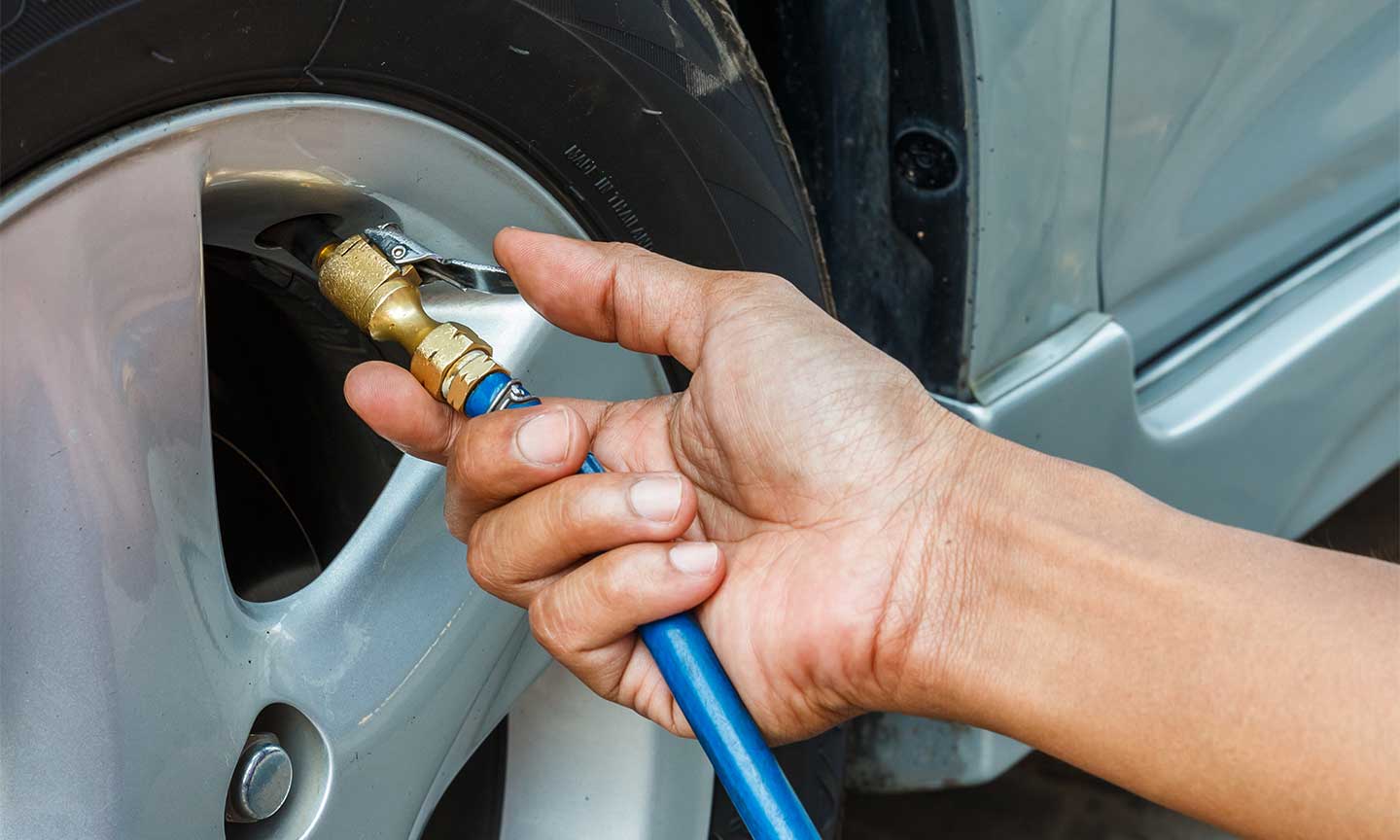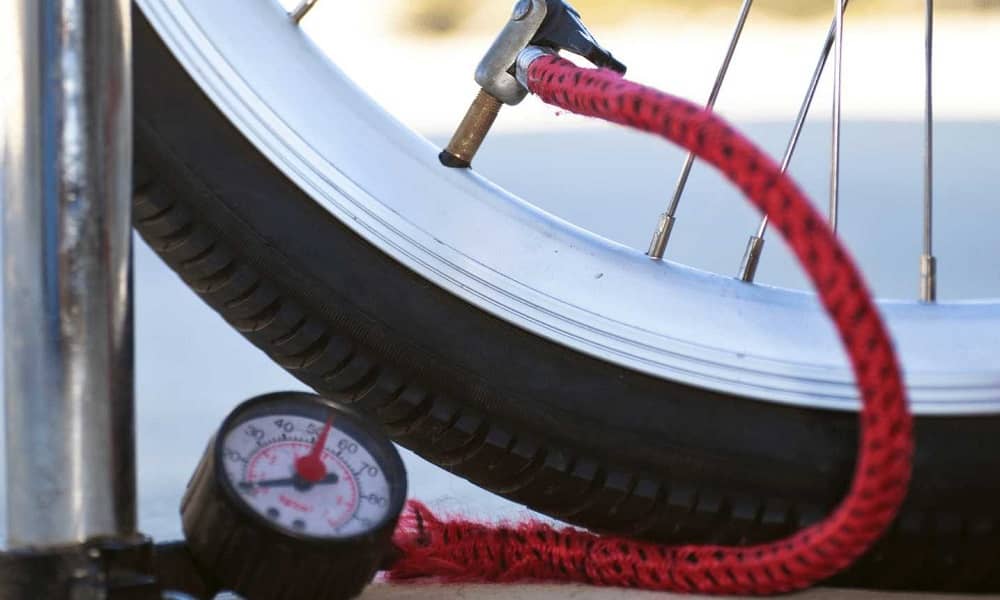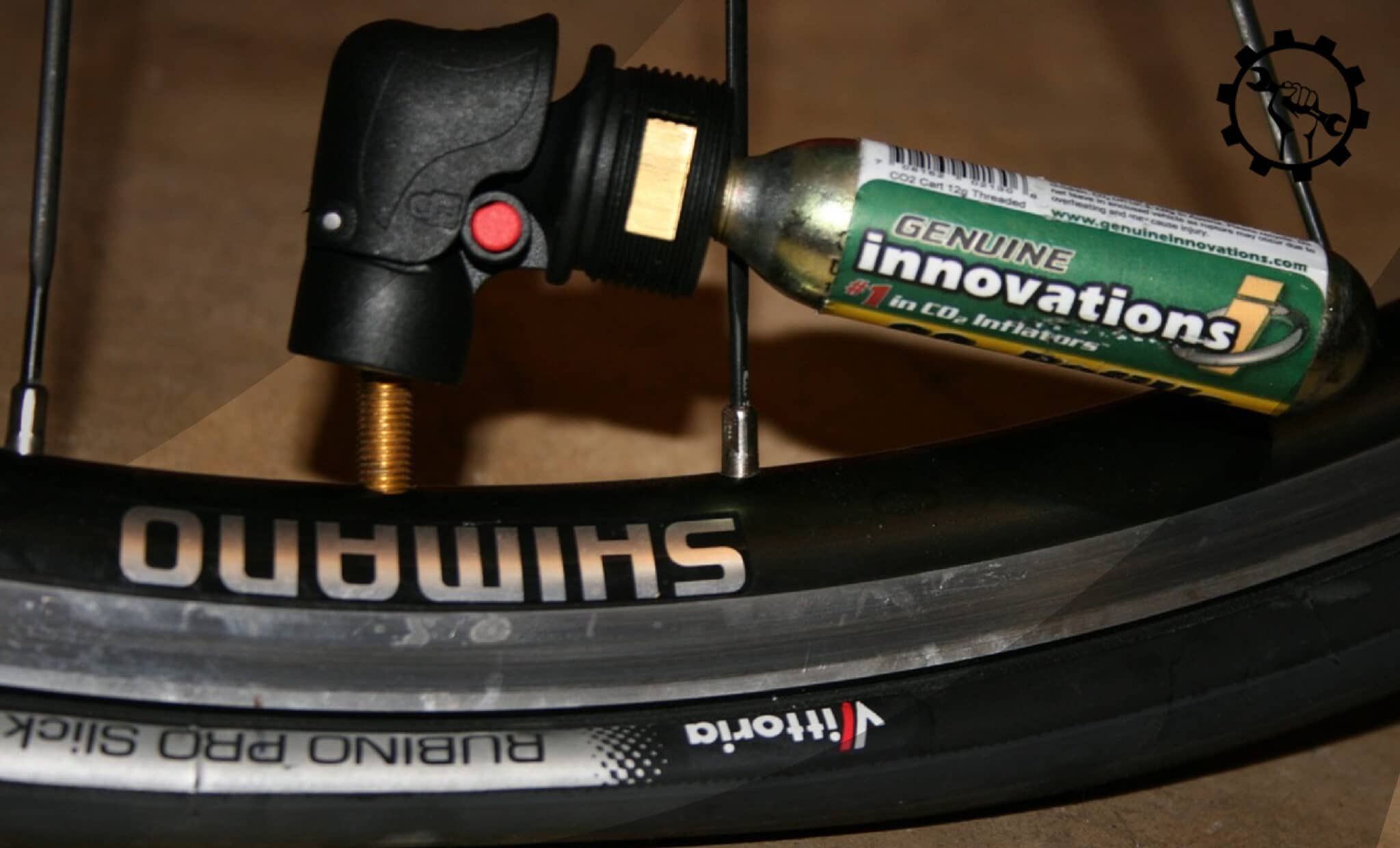The Importance of Proper Tire Pressure
Maintaining the correct tire pressure is essential for a safe and enjoyable cycling experience. Properly inflated tires can improve safety, increase fuel efficiency, and enhance overall performance. Under-inflated tires can lead to reduced traction, increased rolling resistance, and a higher risk of punctures. On the other hand, over-inflated tires can cause uneven tire wear, reduced comfort, and decreased control. By understanding the importance of proper tire pressure, cyclists can take the necessary steps to ensure their tires are inflated to the recommended level, providing a smoother ride and better overall performance. Whether you’re preparing for a long ride or simply want to learn how to put air in a bicycle tire, it’s crucial to prioritize proper tire pressure.
Choosing the Right Pump for the Job
When it comes to inflating your bike tires, having the right pump can make all the difference. With so many options available, it’s essential to choose a pump that meets your specific needs. Floor pumps, hand pumps, and CO2 inflators are the three main types of bike pumps available. Floor pumps are ideal for high-pressure tires and provide a comfortable, ergonomic design. Hand pumps, on the other hand, are portable and convenient for on-the-go inflation. CO2 inflators offer a quick and easy way to inflate tires, but may not be as cost-effective in the long run. When selecting a pump, consider factors such as pressure capacity, valve type, and durability. By choosing the right pump, you’ll be able to learn how to put air in a bicycle tire with ease and confidence.
How to Check Your Tire Pressure
Before learning how to put air in a bicycle tire, it’s essential to check the current pressure. This involves finding the recommended pressure, using a pressure gauge, and inspecting the tire for signs of wear. The recommended pressure can be found on the sidewall of the tire or in the owner’s manual. Next, attach a pressure gauge to the valve stem and take a reading. Compare this to the recommended pressure to determine if the tire needs inflation. While checking the pressure, inspect the tire for signs of wear, such as cracks, cuts, or excessive wear on the tread or sidewall. Additionally, check the valve stem for any signs of damage or corrosion. By regularly checking tire pressure, cyclists can ensure their tires are properly inflated, which can improve safety, fuel efficiency, and overall performance.
Step-by-Step Guide to Inflating Your Tires
Now that you’ve checked your tire pressure, it’s time to learn how to put air in a bicycle tire. Follow these easy steps to ensure your tires are properly inflated. First, attach the pump to the valve stem, making sure it’s securely connected. Next, inflate the tire to the recommended pressure, checking the pressure gauge regularly to avoid over-inflating. Once you’ve reached the correct pressure, inspect the tire for any signs of leaks, such as hissing sounds or visible air escaping. If you find a leak, tighten the valve stem or replace the tire as needed. Finally, double-check the pressure one last time to ensure it’s at the recommended level. By following these steps, you’ll be able to learn how to put air in a bicycle tire with confidence and ease.
Tips for Inflating Different Types of Tires
When learning how to put air in a bicycle tire, it’s essential to consider the specific type of tire you have. Different types of tires, such as road bike tires, mountain bike tires, and hybrid tires, require unique considerations and techniques. For road bike tires, it’s crucial to maintain a higher pressure to ensure optimal speed and efficiency. Mountain bike tires, on the other hand, require a lower pressure to provide better traction and control on rough terrain. Hybrid tires, which combine elements of road and mountain bike tires, require a pressure that falls somewhere in between. Additionally, some tires may have specific valve types or requirements, such as Presta or Schrader valves, which must be taken into account when inflating. By understanding the unique characteristics of your tires, you can ensure proper inflation and optimal performance. Remember to always refer to the manufacturer’s recommendations for specific guidance on how to put air in a bicycle tire.
Common Mistakes to Avoid When Inflating Your Tires
When learning how to put air in a bicycle tire, it’s essential to avoid common mistakes that can compromise safety and performance. One of the most critical errors is over-inflating, which can lead to a harsh ride, reduced traction, and increased risk of tire blowouts. On the other hand, under-inflating can cause poor handling, reduced efficiency, and increased wear on the tire and wheel components. Another mistake is not checking the tire pressure regularly, which can lead to inconsistent performance and increased risk of tire failure. Additionally, failing to inspect the tire for signs of wear, such as cracks, cuts, or excessive wear on the tread or sidewalls, can lead to unexpected tire failures. By being aware of these common mistakes, cyclists can take steps to avoid them and ensure their tires are properly inflated and maintained. Remember, proper tire inflation is crucial for safe and efficient riding, so make sure to learn how to put air in a bicycle tire correctly and avoid these common mistakes.
Maintenance and Safety Checks
In addition to learning how to put air in a bicycle tire, regular maintenance and safety checks are crucial to ensure optimal performance and safety. One of the most critical checks is inspecting the tire for signs of wear, such as cracks, cuts, or excessive wear on the tread or sidewalls. This can help identify potential issues before they become major problems. Another important check is the valve stem, which should be inspected for signs of damage or corrosion. Proper tire balance is also essential, as uneven wear can lead to reduced performance and increased risk of tire failure. By incorporating these checks into your regular cycling routine, you can help prevent common issues and ensure your tires are always in good condition. Remember, proper tire maintenance is just as important as knowing how to put air in a bicycle tire, so make sure to prioritize both for safe and efficient riding.
Conclusion: Riding Safely and Efficiently
In conclusion, learning how to put air in a bicycle tire is a crucial aspect of cycling, and when combined with regular maintenance and safety checks, can significantly improve safety, fuel efficiency, and overall performance. By following the steps outlined in this guide, cyclists can ensure their tires are properly inflated, well-maintained, and ready for any ride. Remember, proper tire inflation and maintenance are essential for a safe and enjoyable cycling experience. Make it a habit to regularly check and maintain your tires, and you’ll be riding safely and efficiently in no time. Whether you’re a seasoned cyclist or just starting out, mastering the art of tire inflation and maintenance will take your riding to the next level.






.jpg)
